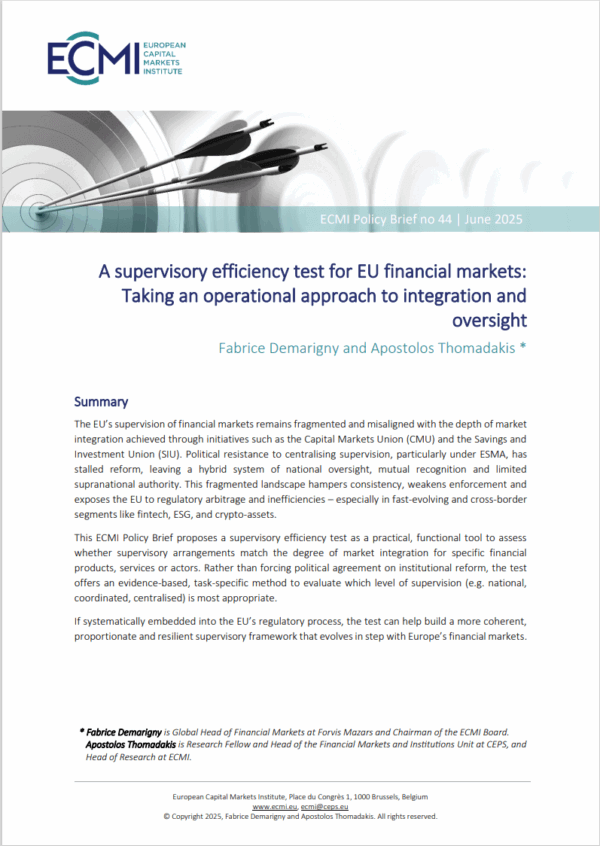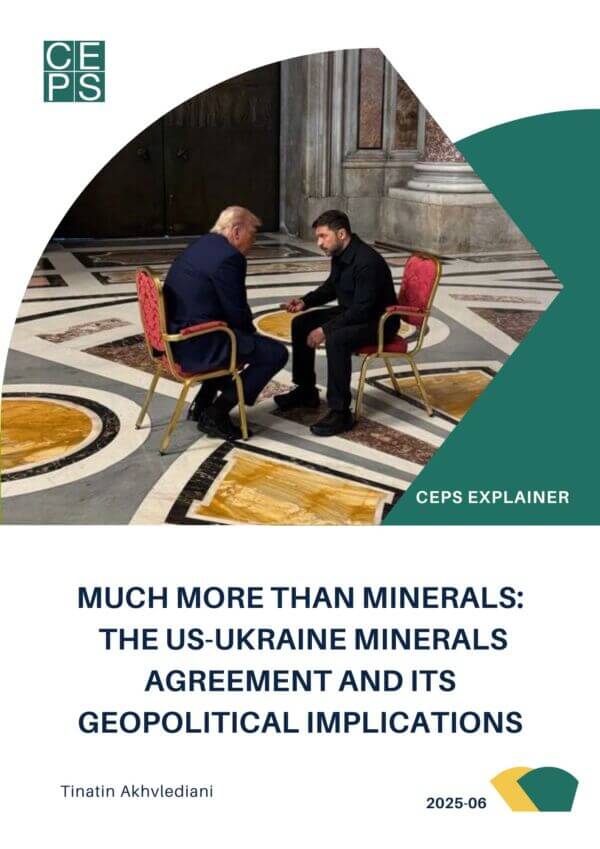Regulatory cooperation is both one of the most ambitious and contentious parts of the EU-US Transatlantic Trade and Investment Partnership (TTIP) negotiations. In this paper, having identified the many levels of international regulatory cooperation, we show that TTIP regulatory cooperation will be significant, but not ambitious, while political and legal limits on cooperation in both the EU and the US minimise the concerns. For transatlantic regulatory cooperation to work, it must accept these political and legal constraints, build trust and confidence among counterpart regulators so they see that their transatlantic partner can help them do their work better, and provide tools to help regulators on both sides make informed decisions while retaining their regulatory autonomy and accountability to their politicians and citizens. A TTIP that provides these tools – and some more detailed instruments to that effect – will be more ambitious than previous trade agreements, and should, over the longer term, provide both the economic and regulatory benefits that the two sides envisage. The paper incorporates comparisons with the relevant chapters of recent FTAs the US and the EU have concluded, so as to clarify the approaches and degrees of ambition in this area. This comparison suggests that the TTIP regulatory cooperation will probably be more ambitious in terms of commitments and have a wider scope than any of these FTAs.
Peter Chase is a former US diplomat, non-resident Fellow of the German Marshall Fund and Vice President for Europe at the US Chamber of Commerce; Jacques Pelkmans is Senior Fellow at CEPS. This paper reflects the personal views of the authors.
This paper is the seventh in a series produced in the context of the “TTIP in the Balance” project, jointly organised by CEPS and the Center for Transatlantic Relations (CTR) in Washington, D.C. It is published simultaneously on the CEPS (www.ceps.eu) and CTR websites (http://transatlantic.sais-jhu.edu).












